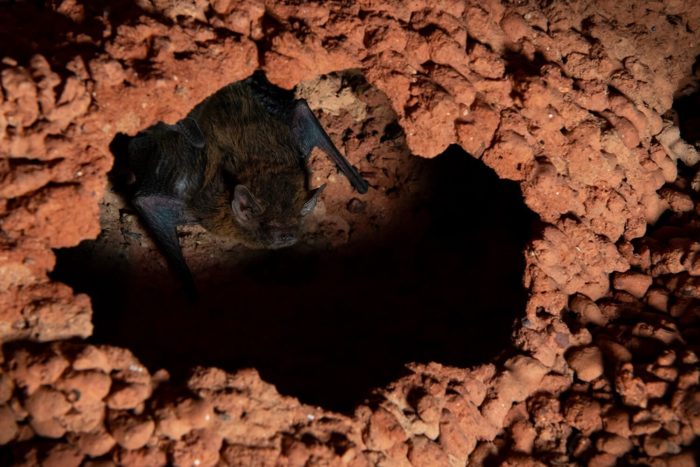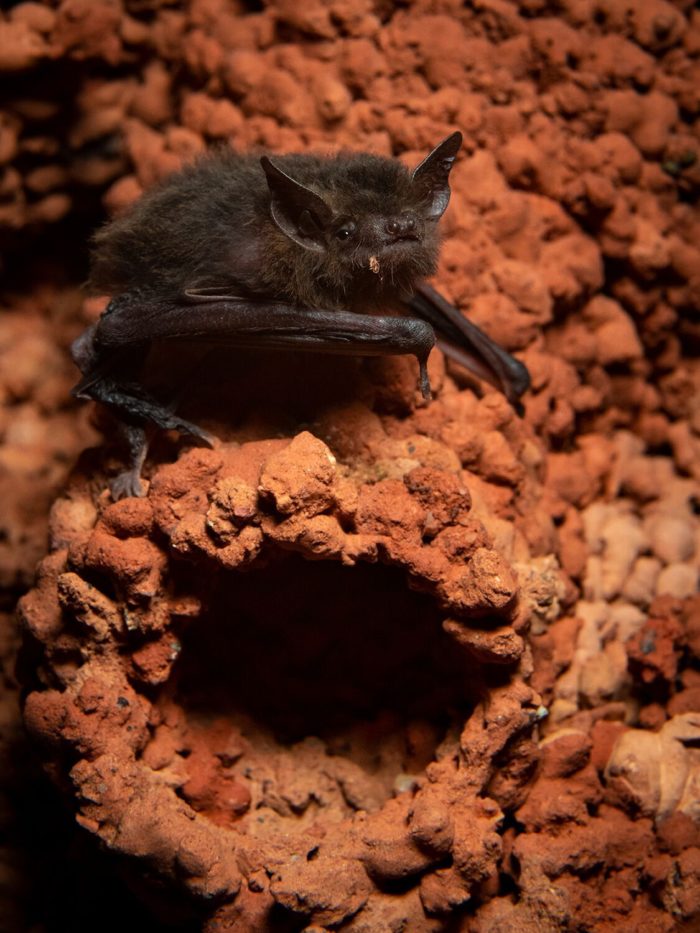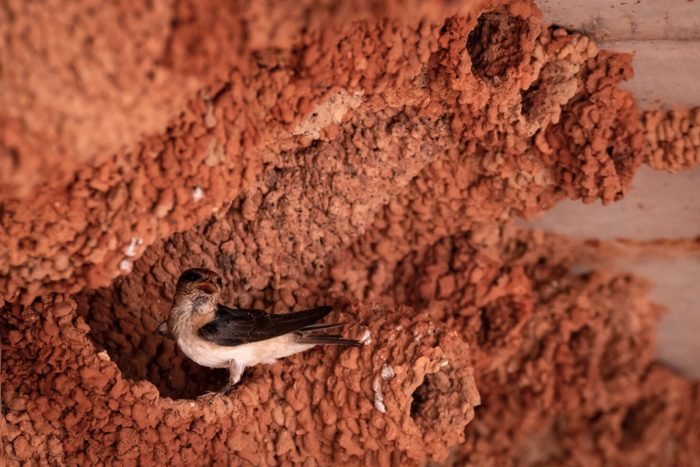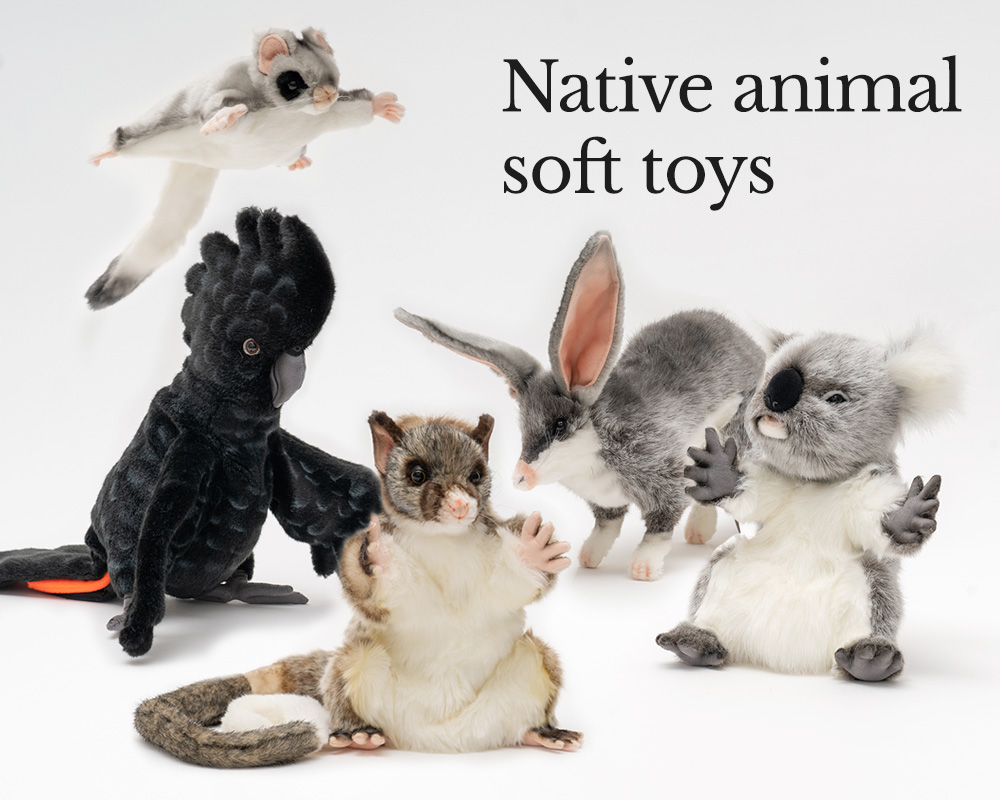The clever bats that nest in the Great Sandy Desert

These images were all captured in an old, abandoned gold mining plant in the Great Sandy Desert by Gary Meredith.
THE FINLAYSON’S Cave Bat, also known as the Inland Cave Bat, would have to be one of the most resourceful little mammals in Australia.
This little species of microbat can be found across Australia in mostly arid and semi-arid habitats. It prefers to roost in caves, crevices, and abandoned mines.

(Image credit: Gary Meredith)
These bats have a particular tendency to take up residence in disused fairy martin nests. Fairy martins are a member of the swallow family, and the only birds in Australia to build a mud-bottle nest with a small, drooping entrance spout.
These nests are often bonded together on rock walls, ceilings of caves and overhung banks. In recent times, these birds have begun to build nests in large concrete road drains, under bridges and the eaves of buildings.

(Image credit: Gary Meredith)
The fairy martins and bats seem to share quite a harmonious living situation, although, they hardly see each other due to their different sleeping patterns, so it’s not often you see them in contact with each other.
If you spend time observing the bats and their choice of roost it quickly becomes obvious that a fairy martin nest are just the right size for a microbat like the Finlayson’s. When you see these little bats fly up to, and crawl into a mud-bottle nest, you would swear it was made just for them.

(Image credit: Gary Meredith)
But these nests aren’t just used for roosting, they’re also important for breeding. A few newborn pups have been observed resting outside the entrance to the nests, indicating they’re happy to raise their young in the borrowed accommodation.
While Finlayson’s are not the only recorded species of bat to utilise bird nests for breeding, the fairy martin mud bottle nest seems to be a perfect fit for this ingenious little bat.

(Image credit: Gary Meredith)




